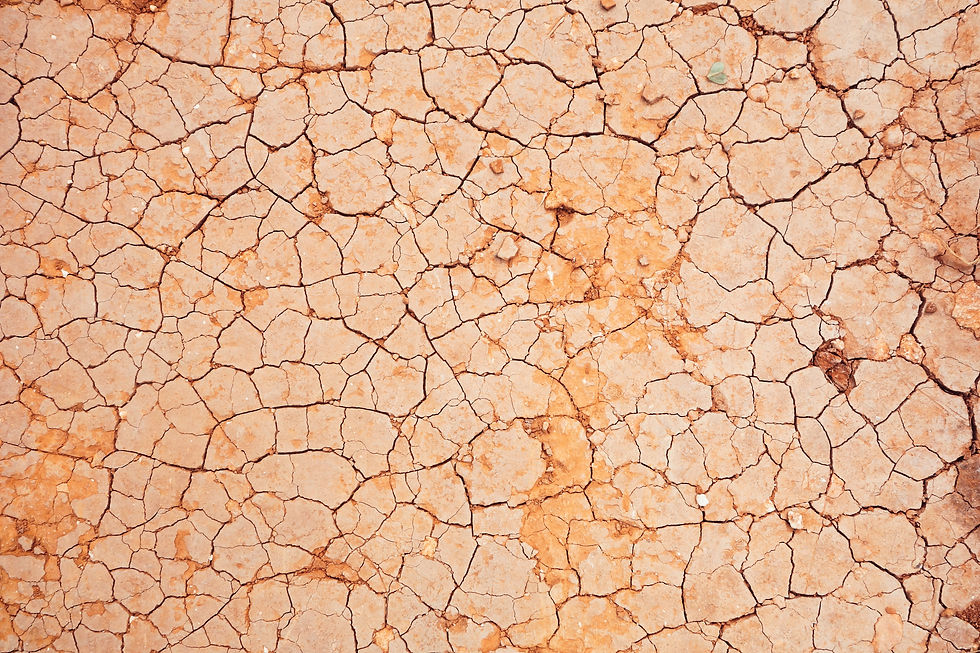Face masks may be the new plastic straws for our oceans
- brittneyborowiec
- Aug 27, 2021
- 3 min read
By: Lindsay Loundagin, University of Saskatchewan

There is a sense of optimism in the air as we are barreling down the home stretch of this pandemic. Daily life is inching towards the normal hustle and bustle of the coveted pre-COVID era and international travel is back on the table.
I am excitedly re-planning a scuba diving trip to the Red Sea that was postponed last fall. As I spend the evening booking flights and googling must-see destinations, Netflix’s recent enviro-conscious, whistleblowing documentary Seaspiracy plays in the background. When the narrator reveals a startling fact, I can’t help but turn up the volume. “The equivalent of a garbage truck load of plastic is dumped into the sea every single minute, joining the over 150 million tons already floating there,” the documentary says. My stomach drops knowing that by-products of the pandemic are about to make this problem a lot worse.
Nearly a year ago, countries around the world started to implement mandatory mask mandates and overnight everyone seemed to become an expert on the differences between surgical and N95 masks. People were panic buying masks almost as fast as toilet paper and protective equipment shortages stressed the already overworked hospitals. Daily use and manufacturing rates of masks went through the roof.
Globally, 129 billion face masks are estimated to be used every month. Even if only 1% of these masks are incorrectly disposed of, that is still over a billion masks per month that will litter our streets, parks, beaches, and oceans. At approximately 3 grams per mask, we may be adding more than 50,000 tons of plastics to the oceans within a year. In reality, the statistics are likely far more grim.
Beyond being unsightly debris, mis-managed mask waste contributes to the plastic pollution problem that endangers the marine environment. Gary Stokes, Operations Director of OceansAsia explains that “plastic pollution kills an estimated 100,000 marine mammals and turtles, over a million seabirds, and even greater numbers of fish, invertebrates and other animals each year.”
Single-use masks are made up of plastic fibers that break-down into micro and nano-sized plastic particles. The degradation of masks may also release toxic chemical pollutants. Researchers at Swansea University reported that, when submerged and stirred in water to simulate marine environment conditions, disposable face masks leached heavy metals including lead, antimony, and cadmium. Marine life easily absorbs or ingests these harmful by-products, so be warned, if you consume fish, one day you may be eating your own garbage!
It is not news that plastic pollution is devastating our oceans but personal protective equipment waste from the COVID-19 pandemic will now likely be a common debris item found in the environment for decades to come. Even in the early months of the pandemic, beach clean up conservationist were finding beaches littered with masks and plastic gloves, while divers in the Philippines were saddened by the discovery of masks entangled in the coral reefs at their regular diving coves.
It is difficult to comprehend the fact that humanity was able to create and distribute a vaccine in a year, but the issues of litter and pollution still baffles us. Maybe the rapid and collaborative efforts to produce a COVID-19 vaccination is an inspiring example that collective endeavours are far more powerful, and perhaps the only way, to overcome such desperate challenges. Whether you are excited, relieved, or anxious about the doors to the world opening again, we all must do our part to make it a world we can and want to explore.
Masks have kept us safe throughout the pandemic but now we can start to put them aside. Show-off your mask tan-lines. Smile at strangers. Be grateful that fresh air smells better than your coffee breath. And most importantly, dispose of your mask properly. Oceans do not need a mask mandate.
Edited by participants of the 2021 Science Writing Internship program and B.G. Borowiec. Header photo from Unsplash.



Comments